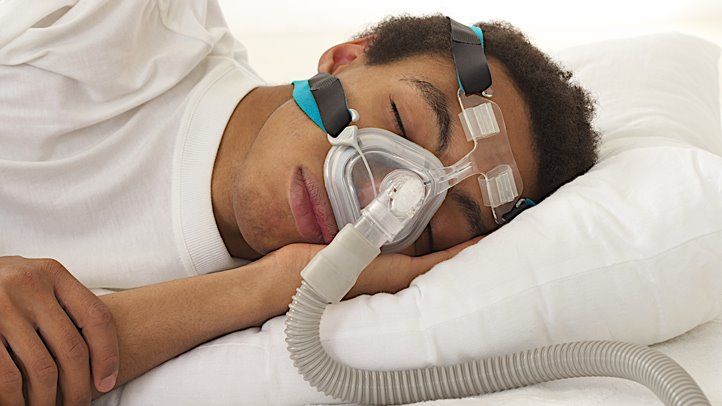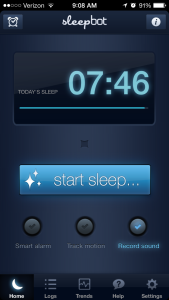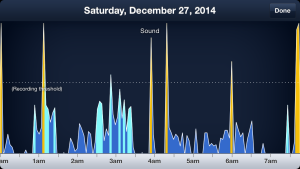To screen for Obstructive Sleep Apnea, we need to check for multiple factors. The STOP-Bang questionnaire looks at these multiple factors. A link to information about the questionnaire is provided below.
1. Snoring
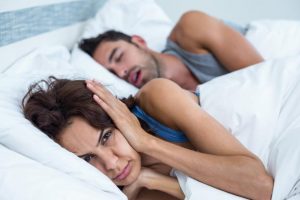
Ask the patient and the person who sleeps in the same room. But, many of our patients sleep alone and, therefore, don’t know whether they snore or not. For years I did not have a solution to this problem. I still often hear others say that they cannot answer the question of whether the person snores or not because s/he lives alone. But there is an easy solution: use a free app (SleepBot) to record sleep duration and sounds and movements during sleep. This will help to identify sleep apnea but also to monitor sleep duration and quality over time. I strongly recommend using it yourself in order to become very familiar with it. SleepBot is great not only for possible sleep apnea for but for assessing sleep duration and quality in general. Trust me — it is awesome! Use it in anyone who has sleep-related issues. The link is below under Related Pages.
2. Tired
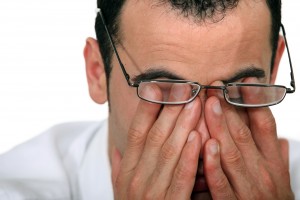
Despite reasonably adequate time in bed, persons with obstructive sleep apnea still feel tired.
Tip: What these patients typically have is not simply being tired. It is “non-refreshing sleep.” Therefore, ask if the person feels tired immediately upon waking up. That is different from having low energy or being easily tired. A person with low energy may feel more tired than others as the day goes on. But persons with sleep apnea feel tired even at the start of the day, after what should have been adequate sleep.
3. Excessive daytime sleepiness
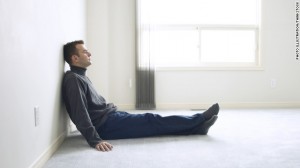
Tip: This is not the same as fatigue. It is a tendency to fall asleep easily during the day DESPITE having apparently slept for 7 or 8 hours. The STOP-Bang questionnaire considers being tired/fatigued to be the same as being sleepy. However, in my opinion, and clinical experience, fatigue is a common symptom and has many more potential causes than excessive daytime sleepiness. But when we see a person who says s/he sleeps for 7 or 8 hours (or more), but yet falls asleep easily in a variety of day-to-day situations, alarm bells should go off in our head.
Tip: Excessive Daytime Sleepiness can be quantified by having the person fill out the Epworth Sleepiness Scale (see link in Related Pages below).
4. Body Mass Index
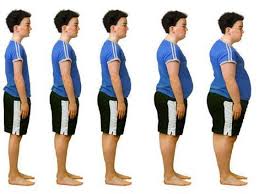
Morbid obesity is a major risk factor for obstructive sleep apnea. However, it is a mistake to think that persons who are not obese don’t have sleep apnea. There are other risk factors as well including the smaller oropharynx, shape and size of the soft palate or uvula, hypoplasia of the maxillae, and retrognathia (posterior placement of either the upper or lower jaw).
5. Neck size
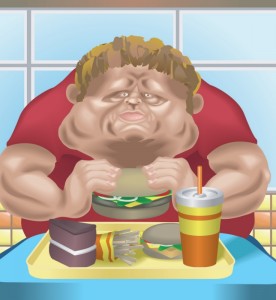
Tip: If the neck is thick, i.e., neck circumference is high, it is a risk factor for sleep apnea. But so is a short neck. Look for that too. The person whose head seems to sit directly on his shoulders.
Tip: An easy question is to ask about collar size. Men usually know their collar size. However, you may need to measure the neck circumference.
6. Hypertension
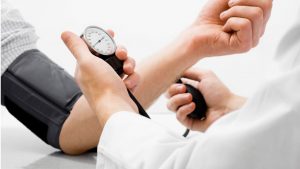
Sleep apnea can lead to secondary hypertension. So, we should immediately think about it in patients who have hypertension at a relatively young age.
Screening Questionnaires
Many of the factors to be considered in screening for sleep apnea are combined into a questionnaire called the STOP-Bang Questionnaire that is then scored and the degree of risk of sleep apnea can be determined.
Screening for sleep apnea: Does your patient snore?
Sleep apnea is another one of those things that we all are failing to diagnose. But it has serious consequences and specific treatments available. To screen patients for sleep apnea, we do several things including assessing for daytime sleepiness/ non-refreshing sleep, asking about snoring, assessing for a short and thick neck (including asking for collar size), asking for reports from a bed partner about thrashing or breathing stopping, and so on.
A free app, SleepBot, records sound all night long. The person starts the app when he goes to sleep and checks off “Record Sleep” in the bottom right corner of the home screen (see photo below).
The app remains on all night and prevents the phone from going to sleep automatically. In the morning, after punching in the end of the sleep, the person can go to “Logs” to see the sounds that occurred during the night (see photo below). The peaks that rise above the horizontal dotted line are the ones to look at. On tapping one of those peaks, the person can hear the sound that occurred at that time. Easy!
It will probably be helpful if you try it on yourself before you suggest it to your patients. SleepBot is available FREE for both iOS and Android. Their website is http://mysleepbot.com/
STOP-Bang Questionnaire for sleep apnea
In the general population, 1 in 4 males and 1 in 10 females have at least mild obstructive sleep apnea. What about moderate or greater severity sleep apnea? In the general population, it occurs in 1 in 9 males and 1 in 20 females. (Source: stopbang.ca.) These are huge numbers!
Are we identifying these persons? About 82% of men and 92% of women with moderate or greater severity of sleep apnea are undiagnosed. This is unacceptable!
The STOP-Bang questionnaire is routinely used by sleep medicine experts to screen patients for obstructive sleep apnea. However, it is rarely used by mental health professionals. This is unfortunate because sleep apnea is often present in patients with mental health problems and the great majority of cases are missed!
The questionnaire is very simple to use and is free. It combines many of the clinical features that are used to screen persons for possible obstructive sleep apnea and then provides a score indicating the probability that the person has sleep apnea. If you start using the questionnaire right away, this will be a big step in the right direction for identifying among your patients those who may have sleep apnea.
STOP-Bang is an acronym as follows:
Snoring?
Tired? (Tired, Fatigued, or Sleepy during the daytime)
Observed? (Stop Breathing or Choking/Gasping during your sleep)
Pressure? (High blood pressure)
Body Mass Index
Age
Neck size
Gender
You can see the actual questionnaire, how it is scored, and how to interpret it at the links below.
(Disclaimers: The STOP-Bang Questionnaire is owned by University Health Network, Canada.
Use of the questionnaire is a tool and does not guarantee that all persons with sleep apnea will be identified.)
